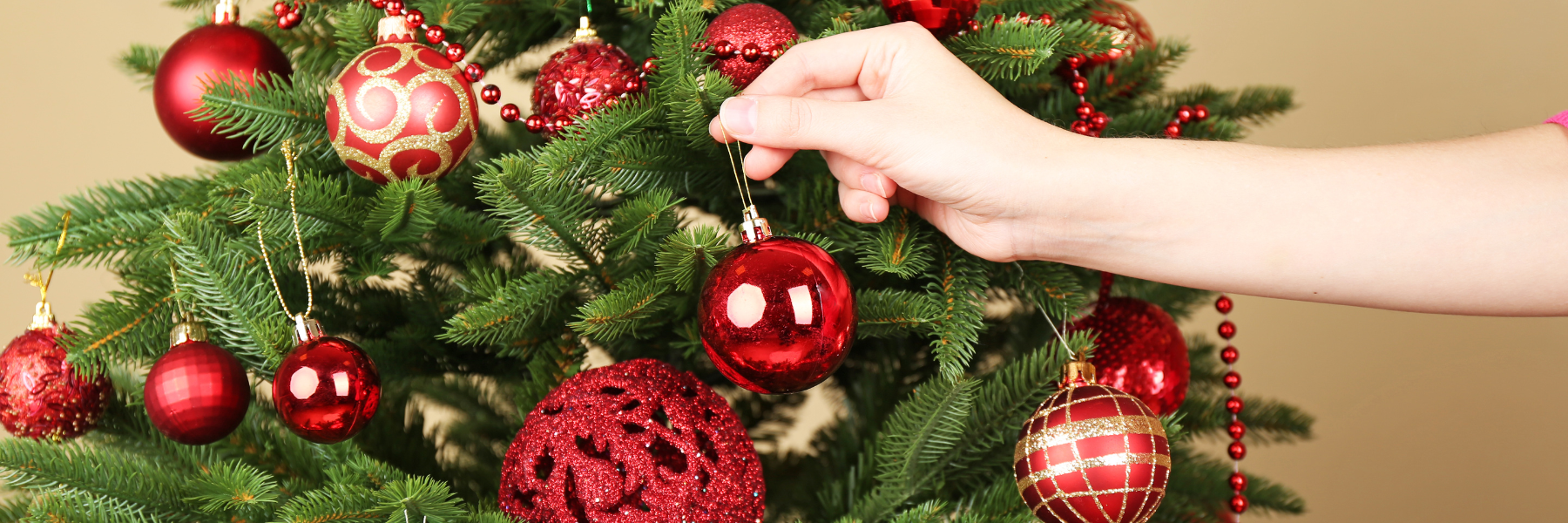December is here and it’s time to think about or plan to bring a Christmas tree inside.
Christmas trees really contribute to a cozy feeling and the right Christmas mood, but there are a few things to keep in mind, such as how they influence Indoor Air Quality.
The Christmas tree can release particles and gases into the air, including mold spores, pollen and VOCs (volatile organic compounds), which in turn can trigger allergies and create breathing problems to individuals but also cause a range of health problems such as headaches, dizziness and nausea.
Many people choose artificial Christmas trees instead, but they also have their challenges. For example, they can collect dust and mold spores when stored on the attic or in a basement, even if it is stored in cardboard. If the tree is made of plastic, there is also a risk that it will release dangerous chemicals.
Thankfully, the Christmas tree isn’t a noticeable problem for most people, but if we still care about the air we breathe, there are a few things to keep in mind.
- Mold spores increase over time, therefore limit the time with the tree inside to 4-7 days.
- Make sure you have a well-functioning ventilation system. It will get rid of a lot of the mold spores.
- Choose a fresh, unsprayed tree.
- To reduce the amount of dust and spores, shake the tree outside before bringing it inside.
- Change the tree’s water regularly. It helps to reduce mold and algae.
From all of us at Lindab Innovation Hub to all of you, a very Merry Christmas!

